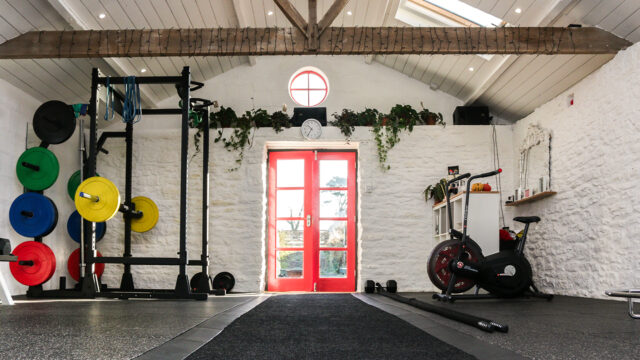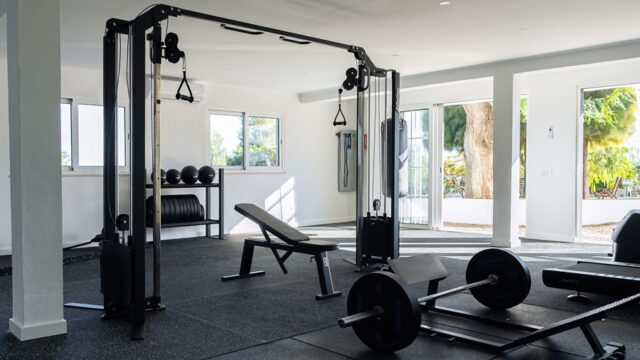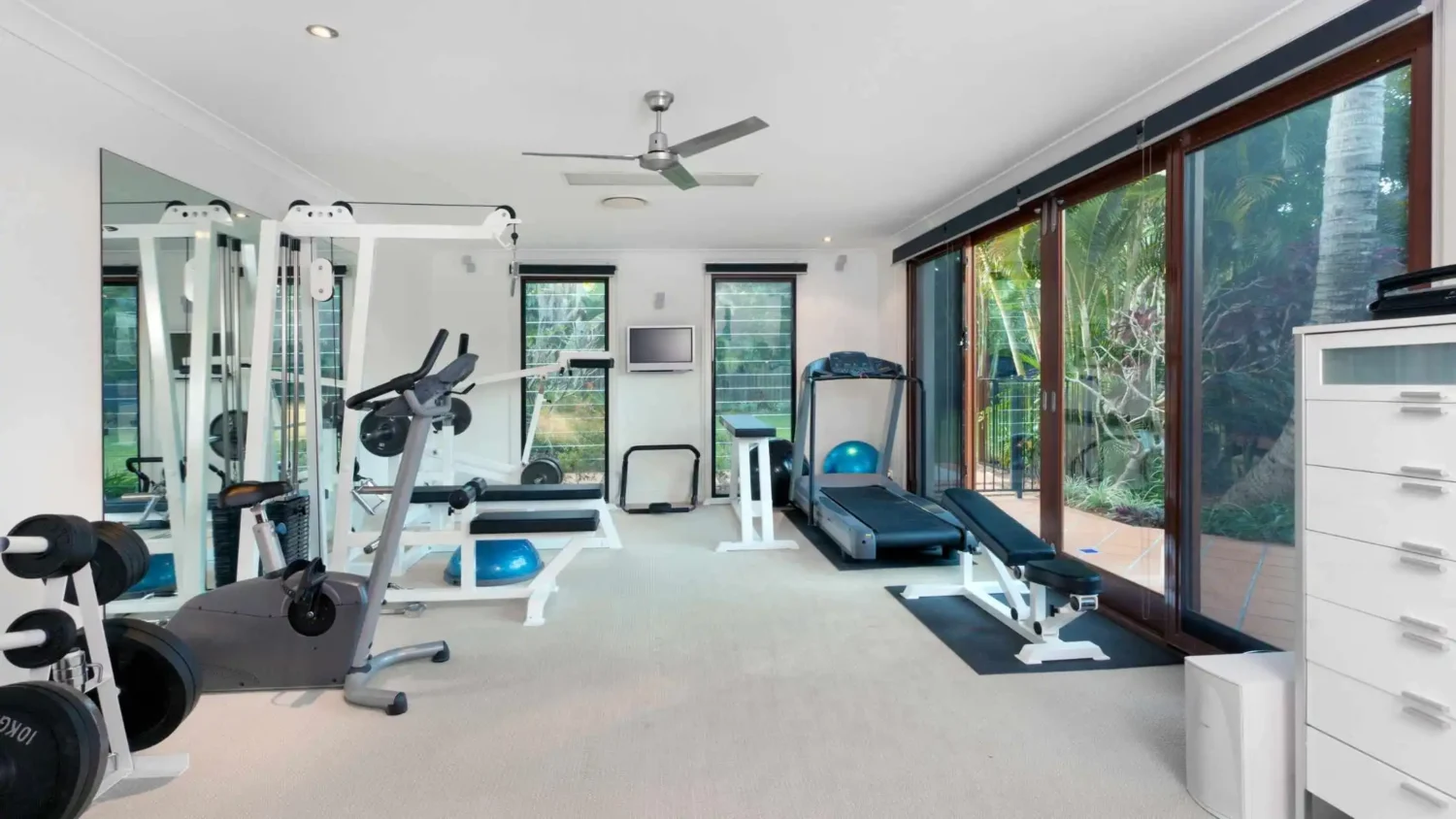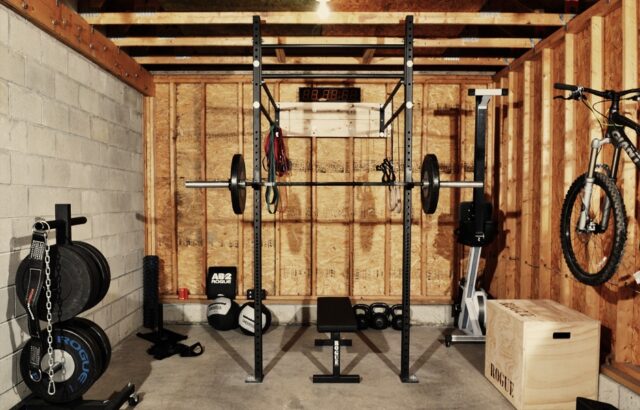
Exercise plays a vital role in our daily lives, keeping us physically fit and mentally healthy.
In fact, you’ll find many drug rehabilitation centres encouraging patients to be active during the current opioid crisis.With the increasing popularity of home gyms, many individuals are transforming their garages and spare rooms into personal fitness sanctuaries. Whether you’re setting up a home gym for your own use or as part of a rehabilitation programme, there are several key factors to consider. In this comprehensive guide, we will explore the essential elements to help you create the perfect home gym that suits your needs and promotes a healthy lifestyle.
Assessing Available Space and Layout:

The first step in setting up a home gym is evaluating the available space and its layout. Take measurements of the room or area you intend to transform into a gym. Consider the floor space, taking into account any existing furniture, fixtures, or obstacles. It is crucial to ensure there is enough room for the equipment you plan to include and ample space for movement during workouts. Additionally, adequate ventilation and lighting should be considered to create a comfortable exercise environment.
Understanding Fitness Goals and Personal Preferences:
To maximise the effectiveness of your home gym, it is important to understand your fitness goals and personal preferences. Identify the types of workouts you enjoy and the exercises that align with your fitness objectives. Whether you focus on cardiovascular fitness, strength training, or a combination of both, choose equipment that caters to your specific needs. Popular choices include treadmills, stationary bikes, weights, resistance bands, and yoga mats. However, it is essential to select equipment that aligns with your goals and preferences to ensure regular use.
Establishing a Budget and Long-Term Value:

Setting a budget for your home gym is crucial to prevent overspending and make cost-effective choices. Consider both the initial investment and potential long-term expenses, such as maintenance and equipment upgrades. Researching and comparing prices, reading reviews, and seeking professional advice can help you make informed decisions and select durable, high-quality equipment that provides long-term value. Remember, investing in your health is a wise choice, but finding a balance between quality and affordability is key.
Prioritising Safety Measures and Space Optimization:
Safety should be a top priority when designing your home gym. Ensure proper ventilation to maintain air quality during intense workouts. Install suitable flooring to prevent slips and injuries. Adequate lighting is crucial for visibility during exercise sessions. Organise your equipment efficiently to minimise accidents and keep smaller items organised and out of the way. Implement safety measures such as securing heavy equipment and using proper storage solutions for weights and accessories.
Versatility and Room for Growth:

When selecting equipment for your home gym, prioritise versatility and room for growth. Opt for equipment that offers a variety of exercises and can accommodate different fitness levels. Adjustable or multipurpose equipment allows for customization based on individual preferences and fitness goals. This flexibility not only enhances workout options but also leaves room for future additions or modifications as your fitness routine evolves.
Creating the perfect home gym requires careful planning and consideration of various factors. By assessing available space, understanding fitness goals, establishing a budget, prioritising safety measures, and selecting versatile equipment, you can design a space that promotes a healthy lifestyle and helps you achieve your fitness objectives. Whether you’re setting up a personal gym or incorporating exercise into a drug rehabilitation program, investing in a home gym is a significant step towards improving physical and mental well-being. So, embark on this journey today and enjoy the convenience and benefits of exercising in the comfort of your own home.













